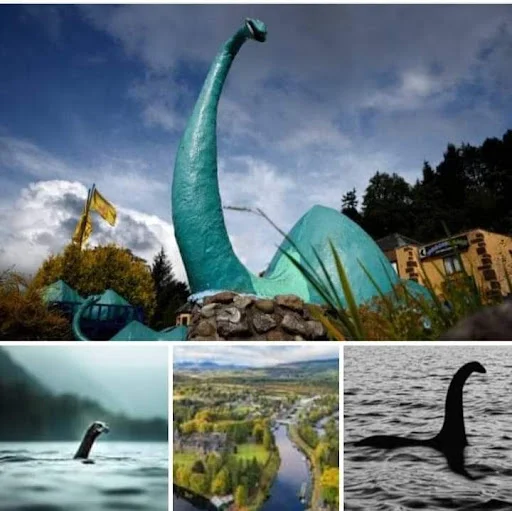The-Loch-Ness-Monster:-A-Mysterious-and-Legendary-Creature-of-the-Depths
The Loch Ness Monster: A Mysterious and Legendary Creature of the Depths
For centuries, the Loch Ness Monster, affectionately known as "Nessie," has captivated imaginations worldwide. This legendary creature is said to inhabit Loch Ness, a large freshwater lake located in the Scottish Highlands. While there is no definitive proof of its existence, the stories and sightings surrounding Nessie have made it one of the most famous cryptids in history. Its mysteries continue to intrigue scientists, adventurers, and curious onlookers alike.
Origins of the Nessie Legend
The origins of the Loch Ness Monster legend date back centuries. One of the earliest recorded accounts comes from the 6th century, when an Irish monk named St. Columba reportedly encountered a creature in the River Ness, not far from the loch. However, it wasn't until the early 20th century that Nessie gained international fame. In 1933, a local newspaper published a report from a couple who claimed to have seen a large creature with a long neck crossing the road near the lake. This sighting sparked widespread interest, and soon, numerous reports of sightings, photographs, and sonar readings followed.
Descriptions of Nessie
Descriptions of the Loch Ness Monster vary, but many accounts portray it as a long-necked creature with a bulky body, similar to a plesiosaur—a marine reptile that lived during the time of the dinosaurs. Some witnesses describe seeing humps or large fins breaking the surface of the water, while others report a serpentine shape. The elusive nature of Nessie and the murkiness of the lake have made it difficult to obtain clear evidence, contributing to the mystery.
Theories Behind the Creature
The mystery surrounding Nessie has fueled numerous theories about what the creature might be. Some speculate that it could be a surviving member of a prehistoric species, such as a plesiosaur. Others suggest it could be a large eel, a type of undiscovered aquatic animal, or even a hoax perpetuated by overactive imaginations and misleading photographs.
One of the most famous pieces of evidence was the 1934 "Surgeon's Photograph," which appeared to show a long-necked creature emerging from the water. However, this photograph was later revealed to be a hoax, further complicating the quest for truth.
Scientists have conducted various studies and sonar explorations of Loch Ness over the years, but none have provided conclusive evidence of the monster’s existence. Loch Ness itself, with its depth of 755 feet and murky waters, remains an ideal location for such mysteries to persist, allowing speculation to thrive.
The Cultural Impact of Nessie
Despite the lack of definitive proof, Nessie has become a cultural icon and a symbol of the unexplained. Loch Ness attracts thousands of tourists each year, all hoping to catch a glimpse of the elusive creature. Nessie has also inspired books, films, and documentaries, making it one of the most enduring legends of modern times.
Conclusion
The Loch Ness Monster continues to inspire curiosity and wonder, embodying the human fascination with the unknown. While scientific evidence remains elusive, Nessie’s legend lives on in popular culture and in the imaginations of people around the world. Whether a myth, a misidentified creature, or an ancient holdover from the distant past, the Loch Ness Monster remains one of the greatest mysteries of the natural world.





Comments